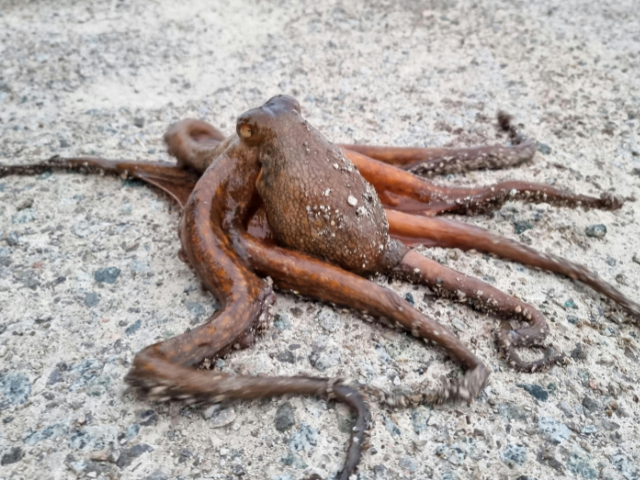
-
80% Of American Dollar Bills Have Traces Of Cocaine On Them – And Other Dirty Money Facts
27 Jun 2017 by Sloane Hunter in America, Lifestyle, Money, Vibe
Mom always warned: wash your hands after playing with money and never, ever put it in your mouth.
A logical life lesson, scientists, however, are using the data from various money-related research papers to silently track human activities, and what they have found makes mom’s warning pale in comparison.
One of these studies, released in April, “identified over a hundred different strains of bacteria on dollar bills circulating in New York City,” reports The Conversation:
Some of the most common bugs on our bills included Propionibacterium acnes, a bacteria known to cause acne, and Streptococcus oralis, a common bacteria found in our mouths.
The research team, led by biologist Jane Carlton at New York University, also discovered traces of DNA from domestic animals and from specific bacteria that are associated only with certain foods.
Another similar study which recovered traces of DNA on ATM keypads “reflected on the foods people ate in different neighbourhoods”:
People in central Harlem ate more domestic chicken than those in Flushing and Chinatown, who ate more species of bony fish and mollusks. The foods people ate transferred from fingers to touchscreens, where scientists could recover a bit of their most recent meals.
But, of course, it’s not only food and germs we leave behind.
Traces of cocaine can be found on almost 80% of American dollar bills, while other drugs, such as morphine, heroin, methamphetamine and amphetamine, are less commonly found but do appear.
Scientists are using this data to understand patterns of disease through the so-called “molecular echoes” we leave behind.
They are also looking at ways to clean money between transactions:
Putting older bills through a machine that exposes them to carbon dioxide at a specific temperature and pressure can strip dollar bills of oils and dirt left behind by human fingers, while the heat kills microbes that would otherwise linger.
But tracking notes is really interesting and there’s one website, WheresGeorge.com, that does exactly this.
Created in 1998, it lets users “track dollar bills by recording their serial numbers” and, in the almost 20 years since the site’s creation, WheresGeorge has tracked “the geographic locations of bills totalling over a billion dollars”.
Check it here.
Physicists at the Max Planck Institute and the University of California, Santa Barbara have been using WheresGeorge data to track epidemics, and the information from the site was even used to “predict the spread of the 2009 swine flu”.
Amazing what you can do with data.
Thank the high heavens above for mothers and their stern warnings.
[soure:theconversation]
Latest News
-
90’s Rom-Com Sweetheart Cameron Diaz Is ‘Back In Action’ After A Decade, Along With Jamie Foxx In New Spy Flick [Video]
[imagesource:netflix/youtube/screenshot] After approximately a decade away from the spo...
-
Scientists Share Surprising Theories About Which Species Would “Rebuild Civilisation” If Humans Get Wiped Out
[imagesource:pexels] My Octopus Teacher? Well, scientists are suggesting that 'my octop...
-
Health Concerns Cause Reigning Miss SA Mia le Roux To Withdraw From Miss Universe
[imagesource:x/@missuniverseza] Saffas are feeling concerned after Miss South Africa 20...
-
Discovery Life Takes Legal Action To Recover R16 Million Paid To Man Over Dodgy Depression Claim
[imagesource:freemalaysiatoday] In a twist of irony, Discovery Life is going after a Kw...
-
HELP! Red Tape Suffocating Table Mountain’s Black Box Coffee – Now On The Brink
[imagesource:linkedin] Black Box Coffeeworks, a beloved local gem serving the Table Mou...
-






























